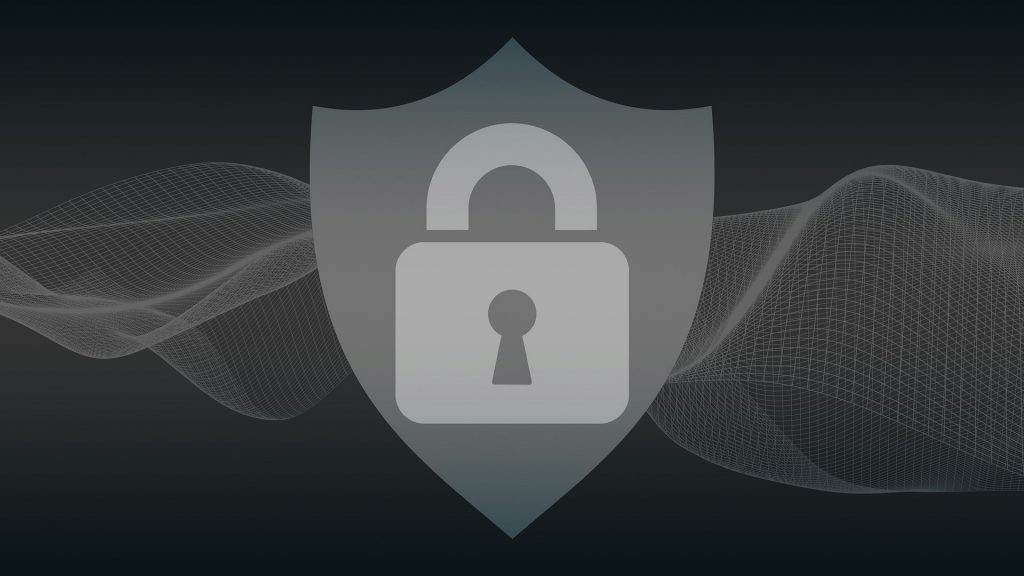Female-led tech startups in South Africa now have the chance to secure up to R1.9 million in funding and global recognition through the Aurora…
Trend Micro 2023 Cybersecurity Predictions: A Year of Caution and Adaptation

2023 is shaping up to be a year of both continuity and change in the world of cybersecurity. While the COVID-19 pandemic continues to cast a long shadow over the global economy and digital infrastructure, businesses are also facing new and emerging threats that require them to adopt more sophisticated security measures.
One of the biggest challenges for businesses in the coming year will be the increasingly complex and layered digital environments that have emerged as a result of the mass transition to remote work and digital assets. Attackers are likely to take advantage of any lack of visibility in these environments to prey on vulnerable entry points. As a result, companies will need to take a more holistic approach to security that takes into account the human element on both sides of a cyberattack.
With more companies migrating their assets and critical data to the cloud, the criminal element will have little recourse but to follow cloud adopters if ransomware operations are to stay relevant and profitable.
This means that businesses need to prioritise the training of their employees on the importance of cybersecurity and how to avoid becoming an entry point for attackers. Cybersecurity awareness training is essential to ensure that employees understand the various risks that are associated with working in a digital environment and the measures they can take to mitigate these risks. This includes training on how to recognise phishing scams, avoiding clicking on links from unknown sources, the importance of strong passwords, and the use of multi-factor authentication.
Another challenge for businesses in 2023 will be the push-and-pull of government regulations and funding challenges. With the global economy on the cusp of a recession, businesses may find it difficult to allocate the necessary resources to fund threat prevention and response efforts. At the same time, governments are calling for more regulations in data security, putting pressure on businesses to comply with a shifting regulatory landscape.
The implementation of regulations like the EU’s General Data Protection Regulation (GDPR) and the California Consumer Privacy Act (CCPA) has made it mandatory for businesses to prioritise data security. There is an increased awareness that it is no longer an option but a necessity to safeguard users’ personal information, and this will continue to drive the emergence of new data protection laws across various jurisdictions. Businesses need to allocate the necessary resources to comply with these regulations and safeguard their users’ personal information.
Looking ahead, businesses will also need to be on the lookout for new and emerging threats, including shapeshifting ransomware business models that seek to exploit vulnerabilities in digital infrastructure. These attacks are likely to be more professional and better-armed, making it increasingly important for businesses to develop countermeasures that can protect them across multiple fronts.
One of the most effective ways for businesses to protect themselves from these types of attacks is to employ a multi-layered security approach that combines the use of various security solutions. This includes the use of firewalls, intrusion detection and prevention systems, antivirus software, and encryption. With the use of Artificial Intelligence and Machine Learning technologies, businesses can now employ predictive security models that anticipate and respond to threats even before they occur.
In addition, businesses can also adopt a Zero Trust security approach that requires users and devices to authenticate themselves before accessing network resources. This helps to minimise the blast radius of cyberattacks by ensuring that only authenticated users can access network resources, and that access is granted on a need-to-know basis. By employing these measures, businesses can mitigate the risks associated with complex digital environments and safeguard their digital assets from emerging threats.
Social engineering has become an evergreen threat that attackers continue to use across various industries and user bases. As technology evolves, so do the methods of these attackers, who can always rely on human fallibility to be their one constant in a world of fluxing economies and technologies.
Despite being one of the oldest forms of cyberattacks, social engineering is still one of the most effective methods used by hackers. They count on the human tendency to trust and be easily persuaded by other people, and this is not something that can be easily fixed with technology. As long as humans are fallible, they can be relied on to be the one constant of hackers in a world of fluxing economies and technologies.
To read a full copy of the report, please visit: https://www.trendmicro.com/vinfo/us/security/research-and-analysis/predictions/2023
Read next: The Cisco approach to cybersecurity
Image by Pete Linforth from Pixabay

